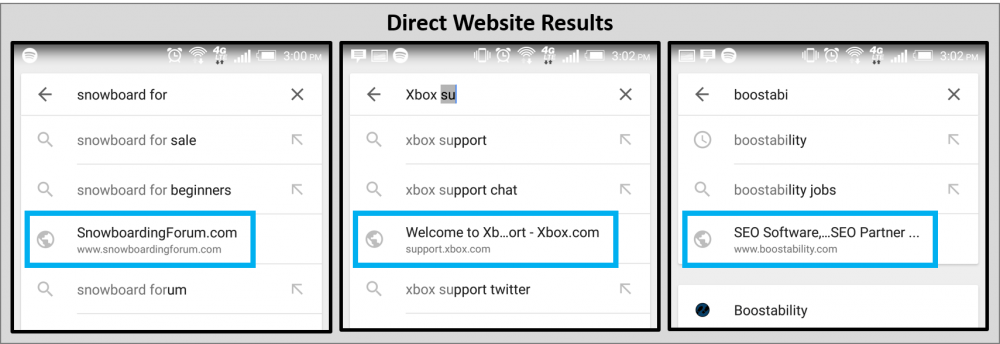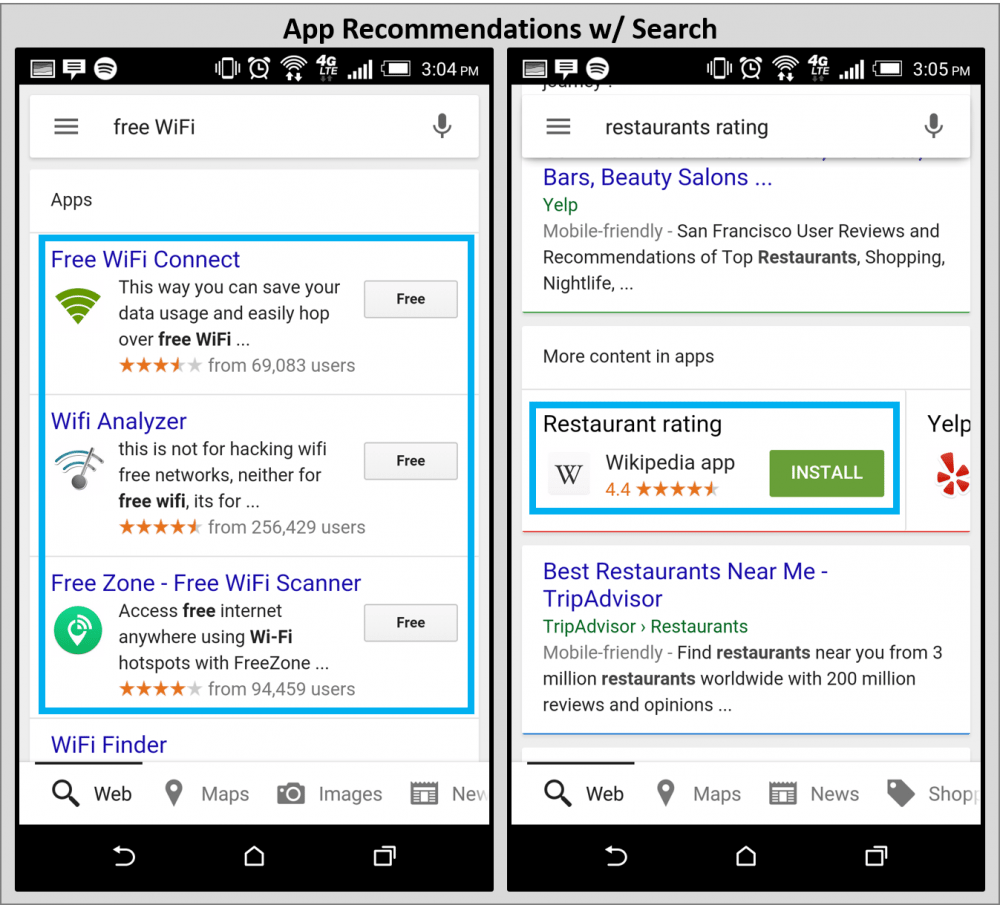Google Update from SMX Advanced: Transparency, Future of SEO, and Crawlers

I’ve recently returned from SMX Advanced in Seattle, where the Boostability team gleaned some great information about Google’s intentions for SEO and SEM. We gained valuable knowledge at this conference regarding what the future of SEO might look like, and these predictions were backed by insights about Google bots (spiders) and how they will function in the future.
Google’s Transparency
Google representatives Gary Illyes and Maile Ohye provided illuminating messages at SMX Advanced. A major emphasis shared in their discussion was Google’s desire to be more transparent with the search community. As Gary Illyes put it, “SEO helps provide a better web overall” which is part of why they are looking to be more transparent. Going forward, the updates, tests, and other algorithmic changes conducted by Google will most likely be handled similarly to the mobile-friendly update on April 21st 2015, in which Google provided an explanation of the upcoming update, the size of expected impact, and how to prepare for the update before it was released.
With the mobile-friendliness update in April, Google also announced that a Panda refresh update would be on its way within 2-4 weeks. Along with regular Panda updates, Google’s eventual goal for Penguin is make the updates instantaneous. This potentially means that when a Google bot crawls a link, it can immediately judge the link value and relevancy. Google’s representatives also explained why some of these transparency updates tend to be vague. Gary Illyes noted that when specific algorithm logs were provided, the search community picked it apart and tended to focus on the small things instead of looking at the bigger picture of making a great site. Because of this, Google will continue to provide information, but most likely that information will not include exact details in an effort to help avoid confusion and search engine manipulation.
What does this mean? This means you can expect much more information and insight into Google’s intent and needs. Ultimately, this will lead to more work to be done for your website to achieve top rankings.
The Future of SEO
Rand Fishkin from Moz provided a lot of detail surrounding the future of SEO. Elements such as accuracy vs popularity of a site, usage data, brands as entities and entities as answers, tracing visit paths to answers, and the eventual innovation of deep learning machines are all factors influencing the future of SEO. Overall, the message is clear that you need to make the best site for your audience. If usage data becomes a factor influencing rankings, click through rates, bounce rates, and time on site will become stronger signals for Google. This will eventually make tactics such as keyword stuffing or page optimization for just a few keywords obsolete. If branding as entities and entities as answers rise in their impact, you will need to focus on building your brand in relation to your service or product. The focus on brand has been minimized for many businesses due to the lack of immediate return on investment, but branding, similar to SEO, is a long-term investment that can yield results for years to come.
What does this mean? This means you need to continue to focus on providing your users with information that is useful and unique, while maintaining a one-of-a-kind user experience that anchors your brand within your industry, product, or service.
Validating the Future with Google Bot Behaviors
The way Google’s own crawlers (also called spiders or bots) interact and capture website information is the key to understanding how SEO will evolve. Currently, the goal for Google’s bots is to consume, analyze, and prioritize according to a user’s query. Going forward, Google wants its bots to become increasingly human-like in order to provide users with better results more quickly. This requires the addition of features that correlate with good user experience. If given enough time, data, and user signals, the bots could become algorithmic. The need for supercomputing naturally fits into the equation, showing that machine deep learning is going to come into take a greater role (see the knowledge graph). The core intent is for Google to create a great user experience itself. At the SMX conference, Fishkin pointed out that this intent has been made clear by Google’s own cannibalization of ad placements (PPC) to ensure a better user experience and the promotion of apps and other businesses openly with no payment. All of these points work together to confirm that pleasing the user will be the key to the future of SEO.


What does this mean? Simply put, this means listening, engaging, and enhancing your customer’s experience. This could be through content, visual aids, videos, pages, and so much more. The reality is that creating a good customer experience is never done. Similar to SEO, there will always be the need for constant improvement and modification to your website.

another awesome article Colton ! I actually like the idea that Google is going to let us know when an update is going to be release. I will help us to be prepare and to take action !
I wonder how Google transparency is going to affect how competitive keywords become. It is smart on Google’s part. The higher a keyword soars, the more PPC cash they’ll make. Do you agree?
You make good points that a lot of smaller businesses often make! I think, no matter what, starting with the user in mind will naturally take you through the best SEO practices.